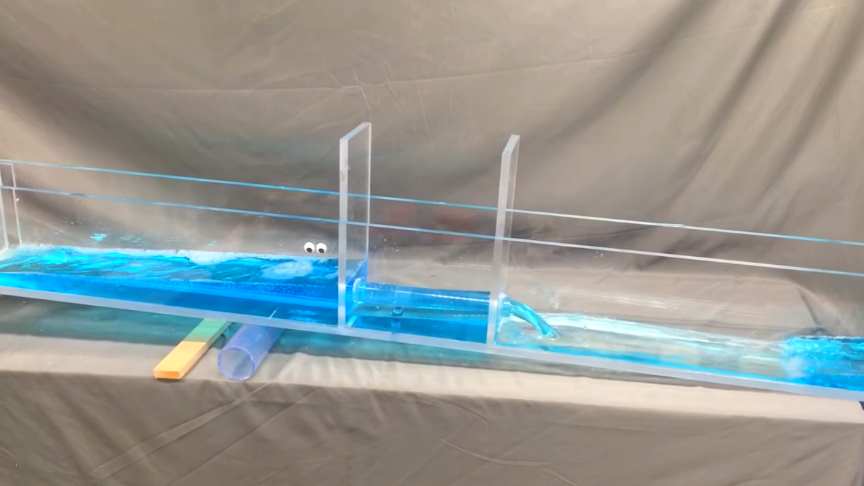Culverts are ubiquitous in the constructed world. They seem so obvious that you may never consider them. But, the engineering behind culverts is quite complicated and exciting.
source/image(PrtSc): Practical Engineering
Next time you’re driving or walking along a street, keep an eye out for culverts. See if you can identify whether the culvert is outlet or inlet controlled and be thankful that we have this ordinary, but remarkable, bit of infrastructure to let you safely walk or drive right over.
Culverts are commonly used both as cross-drains to relieve drainage of ditches at the roadside, and to pass water under a road at natural drainage and stream crossings. A culvert may be a bridge-like structure designed to allow vehicle or pedestrian traffic to cross over the waterway while allowing adequate passage for the water.
Advertisement
Culverts come in many sizes and shapes including round, elliptical, flat-bottomed, open-bottomed, pear-shaped, and box-like constructions. The culvert type and shape selection is based on a number of factors including requirements for hydraulic performance, limitations on upstream water surface elevation, and roadway embankment height.











